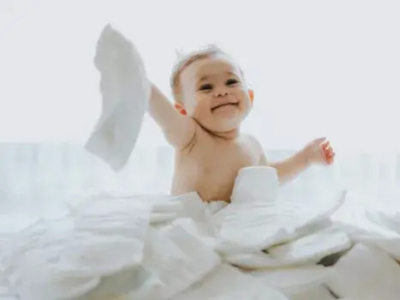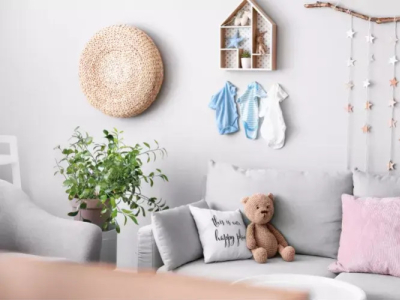
What to do when baby has a blocked nose?
Until almost a year old, babies breathe only through their noses and cannot do so through their mouths, like us adults. It is essential that their airways are clear.
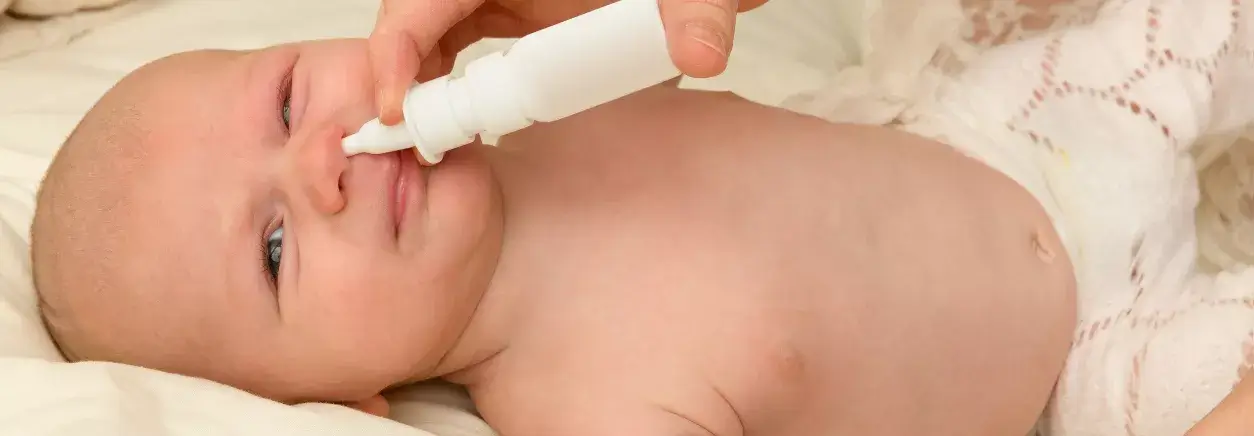
What are the right steps to relieve it?
Symptoms of nasal congestion: runny nose and blocked nostrils.
There is nothing more distressing for parents than to see their child struggling to breathe. Learn to free your baby's nose without bothering him.
What are the causes of blocked noses in babies?
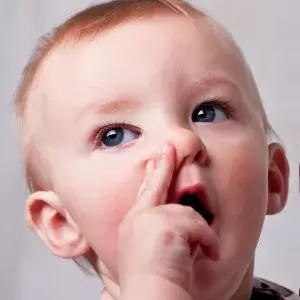
Causes that can cause stuffy nose in children including toddlers are listed here.
Dry air, the Indoor heating, especially in winter, can dry out your baby's nasal passages.
Irritation from dust, smoke, perfumes, pollen…can be called allergens and could either cause a runny nose or a stuffy nose.
Viral infections like colds and flu. The immune system of toddlers and young babies is not yet strong enough and they can easily catch infections.
How do you relieve a stuffy-nosed baby?
Nose washing is generally not necessary if the nostrils are open, but is necessary in case of congestion or runny nose. Indeed, a baby with a cold or even a stuffy nose is a baby who has difficulty feeding since he cannot breathe properly when he suckles, or when he drinks from a bottle. He also has disturbed sleep. Removing phlegm when the child has a blocked or stuffy nose (such as severe nasopharyngitis) also helps to avoid ENT complications, from cough to bronchiolitis.
If these are simple secretions visible in the nostrils, you can use “snuffers” that you make yourself with cotton or a sterile compress, to remove them during the toilet .
You have to be meticulous when instilling physiological saline or a seawater spray for example. These products are mainly used to moisten and soften the dried mucus that sticks to the nasal walls of the baby, in order to eliminate them more easily afterwards.
However, it is important to do not produce too strong a jet or in too large a quantity: the microbes present in the nose can then disperse into the respiratory tract and the auditory canal, leading to the risk of ear infections and false passages. This is why, it is advisable to proceed one nostril at a time, and turn the toddler's head to the side to instill the saline solution, so that it is evacuated with the phlegm in the other nostril and not in the back of the throat. As for the seawater spray, it is more prudent to opt for a special baby model with gentle pressure.
The baby nose cleaner is a precious ally in case of serious congestion. It makes it possible to aspirate with a quick and safe gesture the important phlegm which obstructs the nostrils during a cold episode. Depending on the models, either you vacuum yourself, or the suction is done by pressing and releasing the “pear bulb” of the device. The problem: the propelling force of the air or the suction is not always properly assessed... which risks being too aggressive! The recent electronic models are ideal when you do not want to vacuum yourself, but their cost is more important. And the noise of some models can surprise the child.
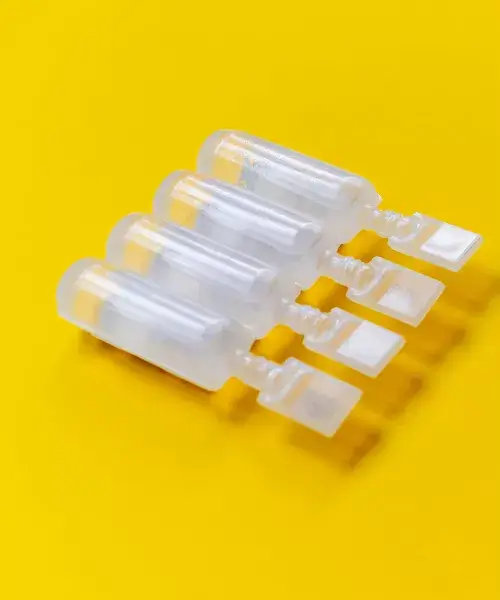
To help your child breastfeed, sleep or feel better, you can clear their nose regularly (about 4 times a day)

Keep room temperature around 20°C
Artificial heat can actually make nasal congestion worse and dry up secretions,
which will then become thicker. Also, avoid exposing your child to respiratory irritants
such as second-hand smoke, dust and volatile substances.
Homemade saline solution recipe
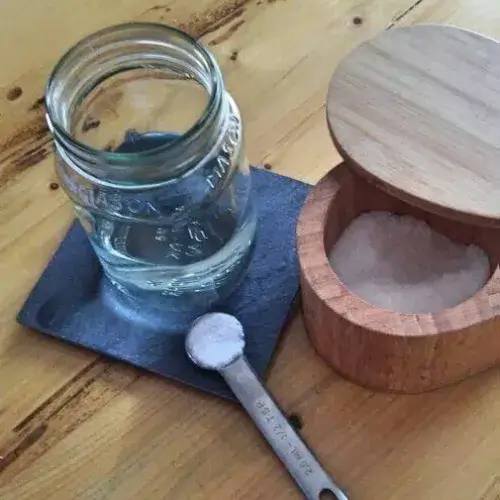
Respect the proportions carefully.
Dissolve 10 ml (2 teaspoons) of salt and 2.5 ml (1/2 teaspoon) of baking soda of soda in 1 liter (4 cups) of cooled boiled water.
Store this solution in the refrigerator in a clean, closed glass container for a maximum of 7 days.
In order to avoid putting cold water in the child's nose, keep some of the solution in a small bottle at room temperature. After 24 hours out of the refrigerator, the solution should be discarded.
